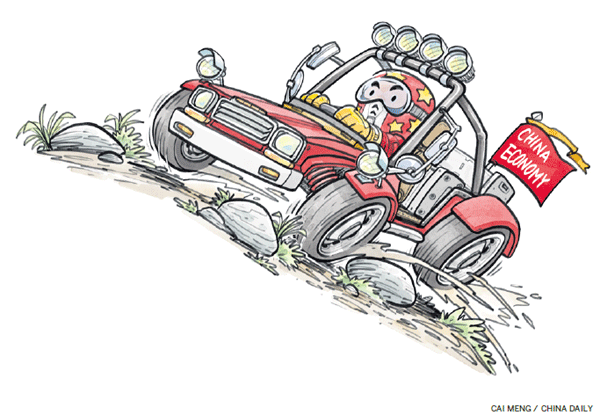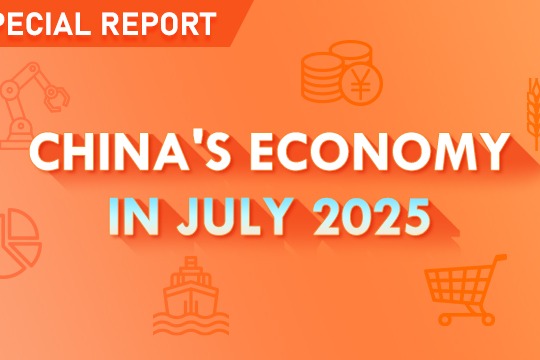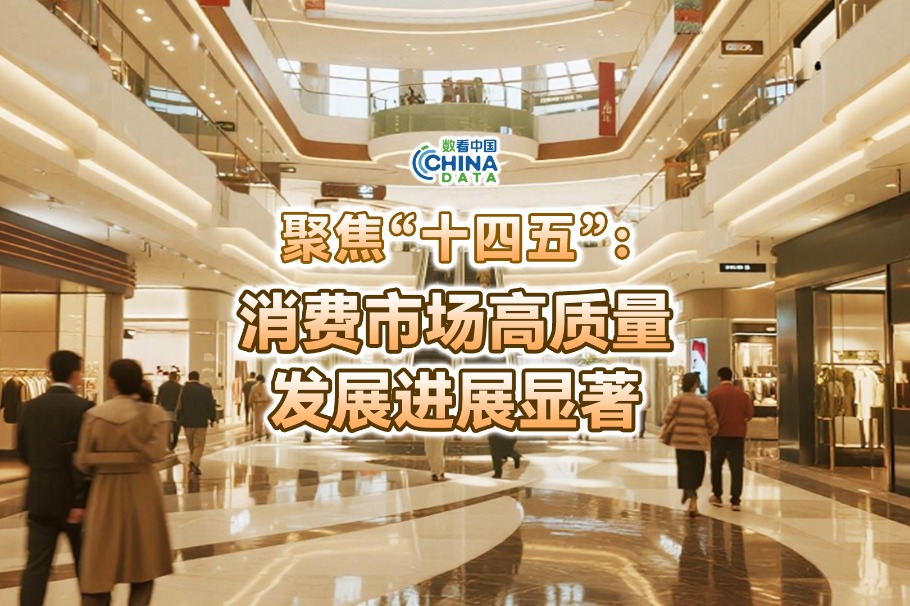Fiscal stimulus fighting economic headwinds


China's economic policymakers are using stimulative fiscal and monetary policy for two purposes. First, they seek to cushion the economy's long-term transition to an economy driven by consumption, services, and higher value-added manufacturing. Second, they are also fighting headwinds largely caused by external factors - a slowing world economy and trade disputes.
The steady decline in top-line GDP growth - from 6.4 percent in the first quarter to 6.2 percent in the second quarter to 6.0 percent in the third quarter, as per the data released on Oct 18 - is exactly what is expected and needed.
The nation is moving from raw GDP growth toward an emphasis on improving the quality of citizens' lives. The National Bureau of Statistics' summary of the third-quarter data said: "Solid efforts were made to advance the 'three critical battles' of preventing and defusing financial risks, conducting targeted poverty eradication and controlling pollution."
And, the transition away from manufacturing to services (which are officially called the tertiary industry) continues. "The economic structure was optimized. In the first three quarters, the value added of the tertiary industry accounted for 54.0 percent of GDP, 0.6 percentage point higher than that of the same period last year," the NBS said in its summary.
However, this transition causes economic pain as old industries and jobs shrink and resources are redirected. One goal of macroeconomic policy is to reduce this pain.
"We are seeing a deceleration in domestic demand and the challenging global environment, so we expect some monetary loosening and continued strong fiscal spending, including some fiscal support through infrastructure investment," said Dominik Peschel, an economist at the Asian Development Bank representative mission in Beijing, in an interview with China Daily.
Policymakers are emphasizing the role of fiscal stimulus - cutting taxes and increasing government spending. Of course, the large, more than 2 trillion yuan ($282.6 billion) cut in taxes and fees has limited government revenue, which rose by 3.2 percent, well below the 9.4 percent growth in the same period last year.
According to Ministry of Finance estimates, the government budget deficit will rise to 2.8 percent of GDP in 2019, up from 2.64 percent in 2018, but slightly less than the 2.9 percent seen in 2017. Government new debt issuance has risen sharply since 2015, but total outstanding debt remains very low by international standards. So, China has a good deal of room for further fiscal stimulus.
Finance Minister Liu Kun, in a September press conference, acknowledged the pressure in maintaining fiscal balance as on the one hand the tax and fee reduction policy is more aggressive; on the other hand, government spending needs to be strong so as to support key reforms.
Attempts to use fiscal policy, especially boosts in infrastructure spending, may not be as effective as previously. At an earlier stage of growth, China was very short of hard infrastructure - transportation, energy, water, and so forth - so almost any infrastructure spending would be economically useful.
However, now the country has world-class, even world-leading, infrastructure in many areas, so the marginal value of additional hard infrastructure is likely to be lower. It is especially important that new infrastructure spending be targeted to the most productive uses.
"One of the issues is the need to shift more toward soft infrastructure - health and education. A lot of the stimulation has traditionally been done by construction investment, but in order to unlock part of the savings in the Chinese economy, especially household savings, it is important to provide good health and education so the households don't have the necessity of such high savings rates. This would help rebalance the economy," explained Peschel.





































